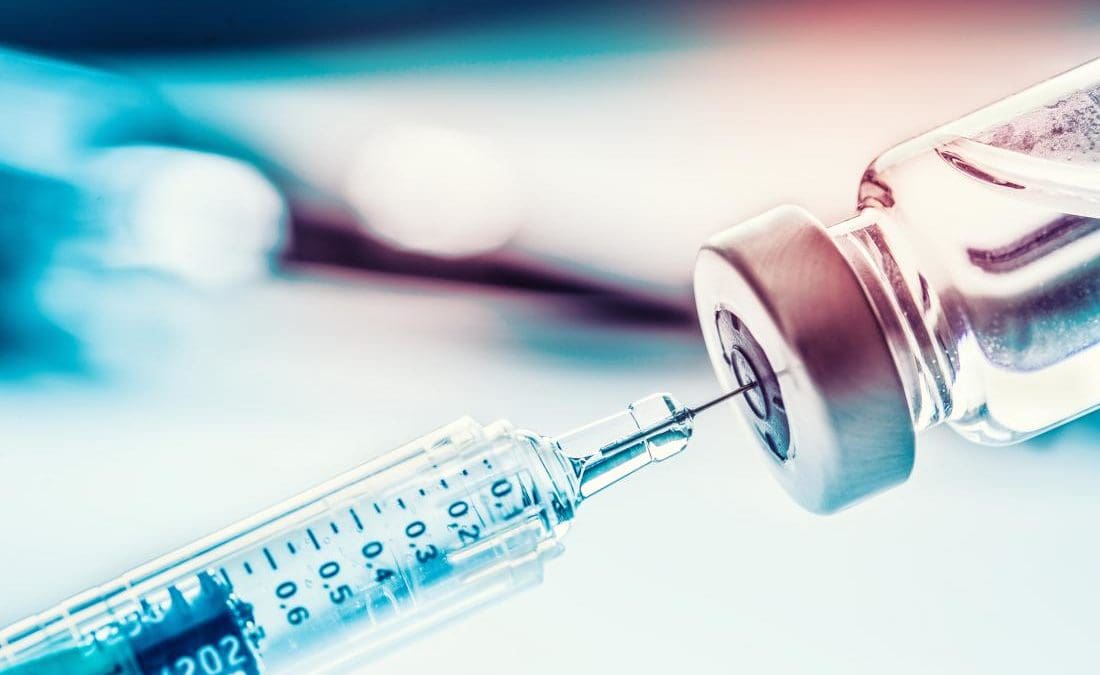Younger people less likely to get vaccinated for COVID-19 than population overall, says Ipsos MRBI tracker survey for IPHA


Younger people less likely to get vaccinated for COVID-19 than population overall, says Ipsos MRBI tracker survey for IPHA
Vaccination rate in Ireland is highest in the EU – but 18 to 34-year-olds still showing signs of hesitancy
Young people are still less likely to get vaccinated for COVID-19 compared with the population overall, according to the latest research carried out by Ipsos MRBI for the Irish Pharmaceutical Healthcare Association (IPHA), the representative organisation for the originator biopharmaceutical industry.
The research shows that vaccine hesitancy is at 13% in the 18 to 34-year-old age group. That figure is composed of 8% who said they would refuse a COVID-19 vaccine and 5% who said they were unsure. In the population overall, COVID-19 vaccine hesitancy is 9%, with 6% saying they would not get vaccinated for the disease while 3% are unsure.
Last October, when IPHA began tracking public appetite for COVID-19 vaccines, 12% of people said they would not get vaccinated for COVID-19 and 33% said they were unsure. That means COVID-19 hesitancy in the population overall has dropped by 36 points in 11 months.
Overall, 91% of people either intend to get vaccinated for COVID-19 or have already received a vaccine for the disease, according to the research. The results show that 2% of people will take a COVID-19 vaccine but, when combined with the cohort that has received at least one COVID-19 vaccine dose, or 88% of the sample*, that number rises to 91%. Just 6% of people would refuse a COVID-19 vaccine – a proportion that has remained relatively stable since the start of the year.
The industry paid tribute to the Government, the HSE, vaccinators and everyone involved in setting up and delivering COVID-19 vaccination infrastructure. That Ireland has the highest vaccination rate in the EU attests to their efforts.
Bernard Mallee, Director of Communications and Advocacy at IPHA, said: “Vaccination is the difference. It is reducing serious illness, hospitalisations and deaths caused by COVID-19. Even though vaccine hesitancy is more prevalent in younger people than the overall population, Ireland’s vaccination rate in the community is still among the highest in Europe. There should be no room for complacency, though. It is vital that we engage with people of all ages in continuing to build trust in science and in facts, and in maximising vaccinations across the eligible population. We have clear evidence of the real-time effectiveness of vaccination for COVID-19. Strong public health messaging on safety – whether during trials or in the community – helps to build public confidence.
“The EU and the US have agreed to step up efforts to get more of the world vaccinated for COVID-19. They are boosting their dose-sharing commitments, pledging support for stronger vaccines delivery, investing in regional vaccines production and guarding against supply chain disruptions. These steps are important in the move towards more equitable global COVID-19 vaccines distribution. Waiving intellectual property rights for COVID-19 vaccines and treatments, even temporarily, would not boost supply. Rather, it would disincentivise the discovery of new vaccines and treatments for unmet medical needs, including for COVID-19 variants.”
With the exception of clean, safe drinking water, vaccination is among the most successful and cost-effective public health interventions ever. The World Health Organisation estimates that vaccines save up to three million lives every year.
We have vaccines to prevent more than 20 life-threatening diseases, helping people of all ages live longer, healthier lives. Vaccines administered in Ireland already help to prevent 13 diseases including measles, meningitis and whooping cough. Vaccines have ridded the world of smallpox, driven polio to the brink of eradication, and virtually eliminated measles, diphtheria and rubella in many parts of the world.
ENDS
About The Survey
Ipsos MRBI conducted 1,004 telephone interviews with adults aged over 18 between September 1st and 14th, 2021. The sample was nationally representative for age, gender, geography and social class.* These figures reflect a point-in-time measure of COVID-19 vaccine uptake and they are accurate for the survey fieldwork period. However, the proportion that has received a COVID-19 vaccine is liable to change rapidly as the rollout of the vaccination programme progresses.
ENDS


